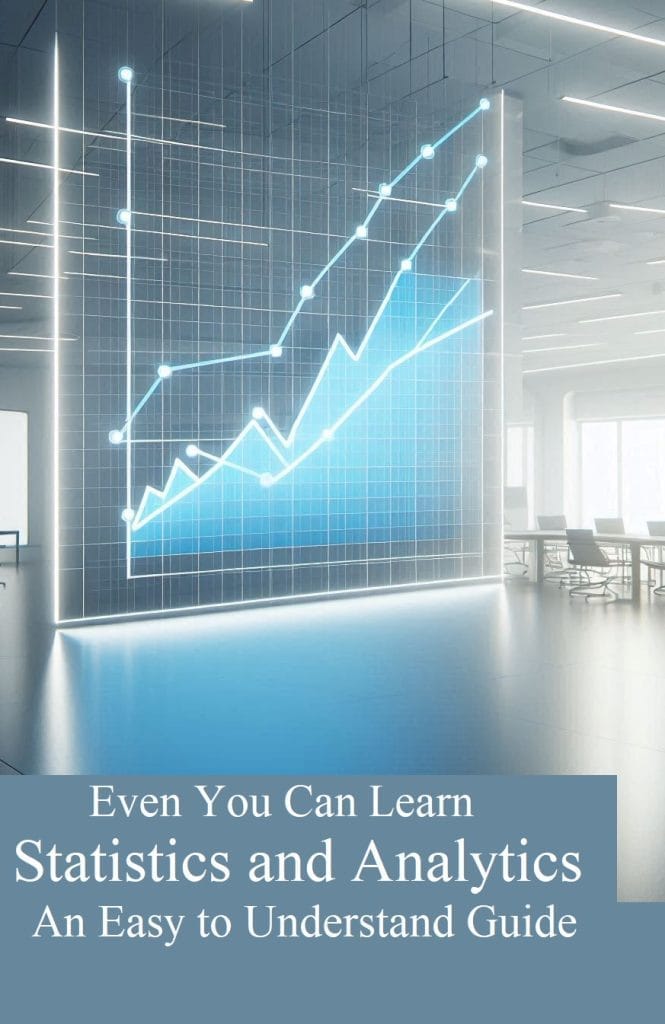Rewrite this article:
Python has become one of the most popular programming languages in the world, celebrated for its simplicity, versatility, and efficiency. Its ease of learning, coupled with broad applications in web development, data analytics, artificial intelligence (AI), and scientific computing, makes it a powerful tool for developers of all backgrounds. In this article, we will explore the benefits of the Python programming language, the reasons for its rise in scientific and fast-developing industries, and its role in modern computing.
Rapidly developing Python applications
The simplicity and efficiency of Python make it ideal for rapid development. Some of the areas in which Python excels include:
Python for web development
Python is a top choice for web development, thanks to frameworks like Django and Flask, which streamline backend development and support REST APIs and server-side applications. Django, in particular, is a high-level framework that promotes rapid development and clean, pragmatic design. It comes with many built-in features, including authentication, ORM (Object-Relational Mapping), and URL routing.
Python also integrates well with front-end technologies like HTML, CSS, and JavaScript, providing a seamless user experience. With the growing need for scalable, dynamic, and responsive websites, Python provides developers with the flexibility and tools to efficiently build complex applications.
Automation and scripting
Automation is crucial for businesses seeking efficiency. Python is commonly used to automate repetitive tasks, from file management and data entry to web scraping and network monitoring. Tools like Selenium and Beautiful Soup make it easy to scrape data from websites, while libraries like Schedule and PyAutoGUI make it easy to automate tasks. Additionally, Python's strong integration capabilities allow it to work with other systems and software, making it an ideal choice for automating various processes across industries.
Software development and prototyping
Python is a preferred language for prototyping because it allows developers to quickly test concepts without large code. Its ease of use and extensive libraries reduce development time, and as a high-level language, Python makes it easy to implement complex features without requiring low-level programming skills. This makes Python a great choice for startups and companies with limited resources that want to validate a proof of concept before investing in a full-fledged product.
Scientific computing with Python and data analysis
Python's impact on scientific computing and data analysis is profound. Researchers, data scientists, and analysts favor Python for its ability to handle large data sets, perform complex mathematical calculations, and visualize data efficiently. Some of the key applications of scientific computing include:
Python for Machine Learning and the Role of Python in Artificial Intelligence
Python is the preferred language for AI and machine learning due to its simplicity, readability, and robust ecosystem of libraries specifically designed for these fields. Libraries like TensorFlow, Keras, and PyTorch allow developers to build and train sophisticated machine learning models. Additionally, Scikit-learn provides tools for data preprocessing, model selection, and evaluation, making it an indispensable resource for machine learning practitioners.
Python also integrates well with other languages used in AI, such as R and Julia, enabling a holistic approach to machine learning and data science. The language's effectiveness in handling big data, coupled with visualization libraries like Matplotlib and Seaborn, further enhances its usefulness in these areas.
Python for data analysis and visualization
Data analysis is crucial for informed decision-making in industries such as finance, healthcare and marketing. Python's extensive suite of libraries makes it ideal for data manipulation and visualization. Pandas provide powerful data structures, such as DataFrames, that facilitate data analysis by making it easier to filter, sort, and manipulate large data sets. Visualization libraries like Matplotlib, Plotly, and Seaborn help transform data into meaningful insights through tables, charts, and dashboards.
Python's role in data analysis extends beyond commercial applications and is widely used in scientific research, allowing scientists to analyze experimental data, model biological processes, and simulate physical phenomena.
Computational Physics and Mathematics with Python
Python has become a popular choice for solving math and physics problems. Libraries like NumPy and SciPy enable efficient mathematical calculations and management of multidimensional arrays. This makes Python suitable for disciplines such as computational physics, engineering, and applied mathematics, where researchers need to perform simulations, analyze physical systems, and solve differential equations.
Python also enables high-performance computing (HPC) through libraries like Dask, which provide tools for parallel computing and enable processing of larger data sets by distributing calculations across multiple cores or machines.
Source link







